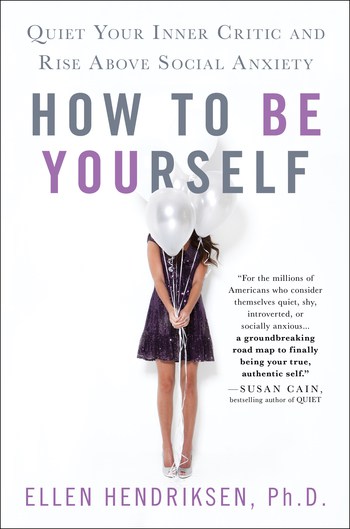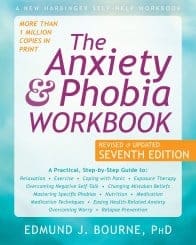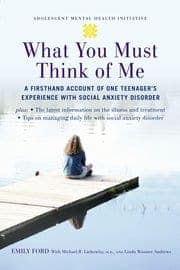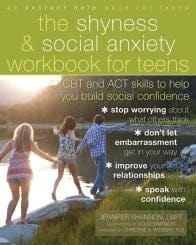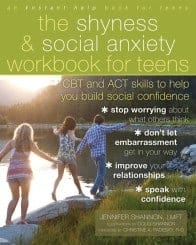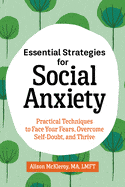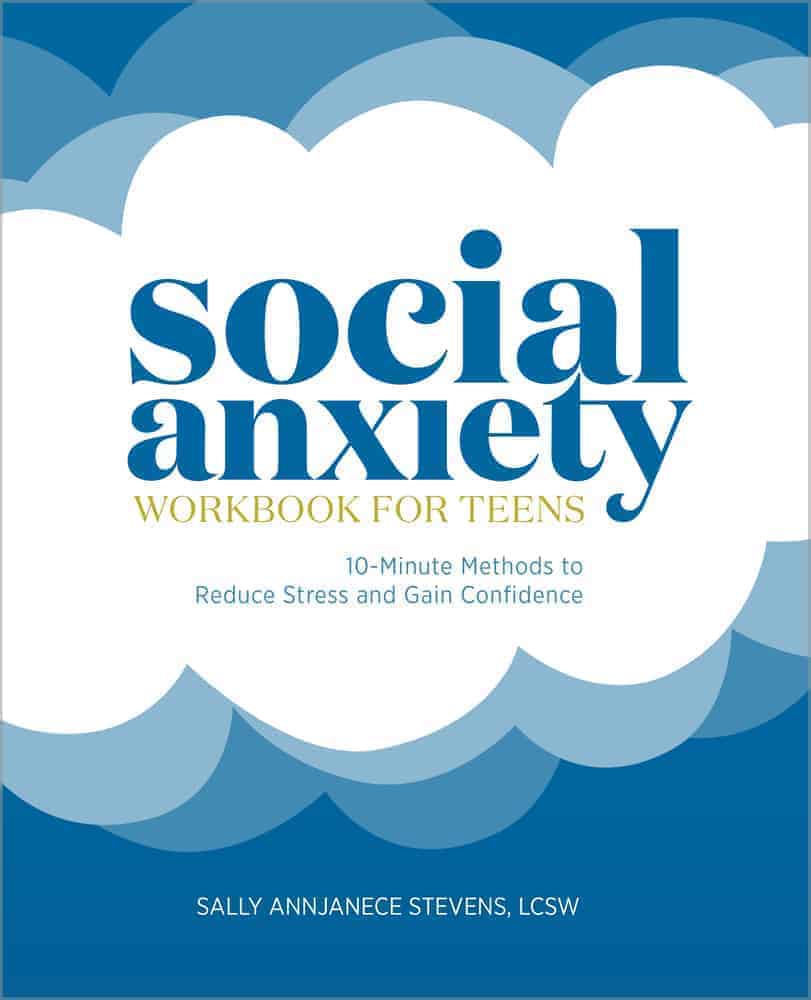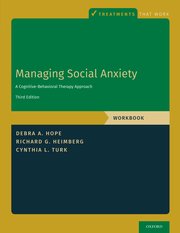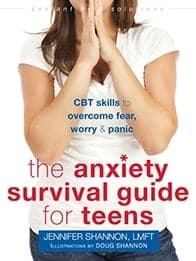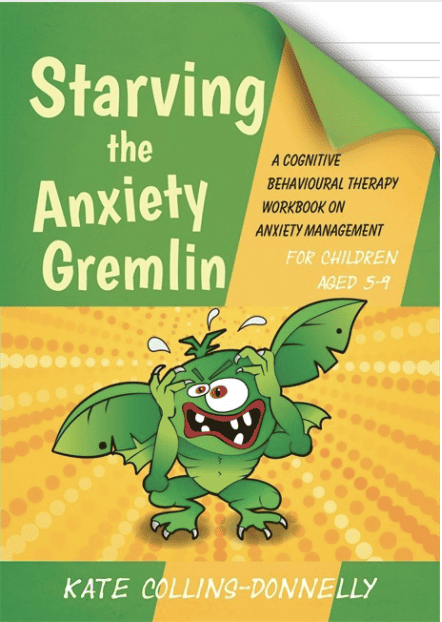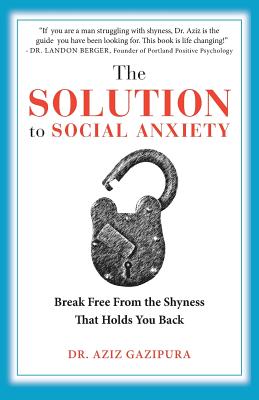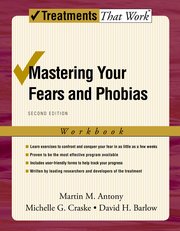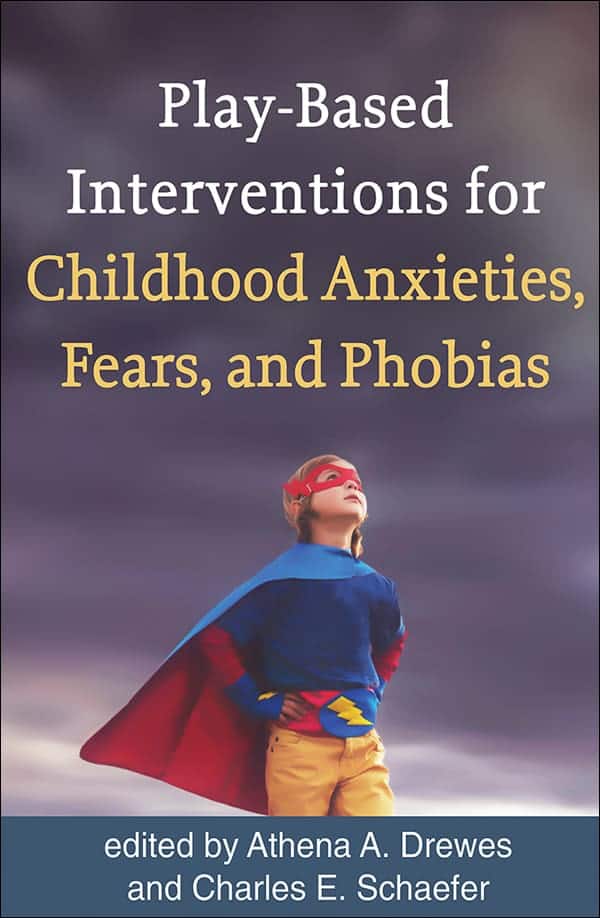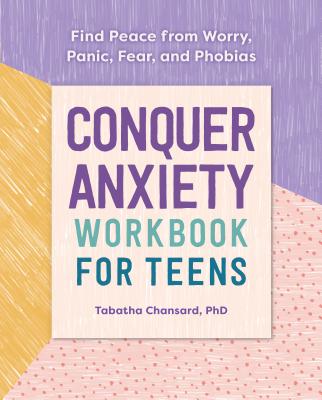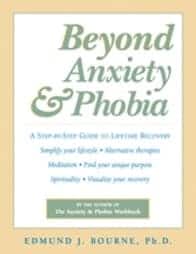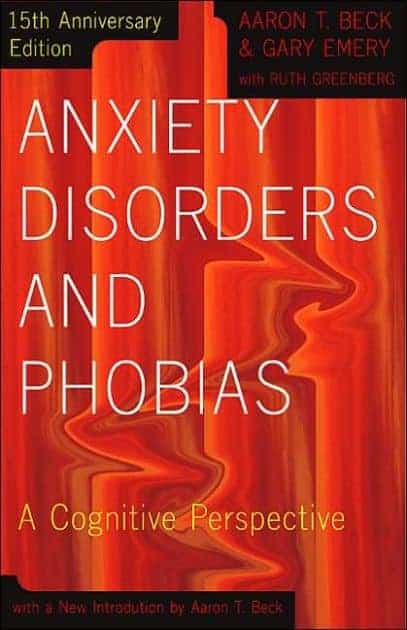Mental Health and Conditions
Social Anxiety Disorder (Social Phobia): Overview and Treatments
THC Editorial Team December 11, 2020

Contents
- Overview
- Symptoms of Social Anxiety Disorder (Social Phobia)
- Causes and Risk Factors of Social Anxiety Disorder (Social Phobia)
- How Is Social Anxiety Disorder (Social Phobia) Diagnosed?
- Treatments for Social Anxiety Disorder (Social Phobia)
What Is Social Anxiety Disorder?
Social anxiety disorder (SAD), also known as social phobia, is a mental health condition within the larger family of general anxiety disorders. According to the World Health Organization’s International Statistical Classification of Diseases and Related Health Problems (11th edition; ICD-11), SAD is an excessive fear or anxiety that consistently occurs in one or more social situations, such as those involving social interaction, being observed by others, or performing.1 For people with social anxiety, fear of social scrutiny and judgment in certain circumstances—such as eating, drinking, or speaking in public—can be so distressing that everyday activities become a struggle.
What Are the Symptoms of Social Anxiety Disorder?
Symptoms of SAD are physical, cognitive, and behavioral. People with this condition will likely experience a unique combination of symptoms from two or even all three categories.
Physical
People with SAD may experience these or other physical symptoms as their bodies respond to the stress of social anxiety:
- rapid heartbeat
- sweating
- blushing
- nausea
- trembling or shaking hands
- light-headedness or dizziness
Cognitive
These symptoms are related to habitual thought and self-evaluation patterns:
- worrying about or intensely dreading upcoming social events, even though they may be weeks or months away
- fearing that you will humiliate or embarrass yourself in front of others
- believing that others are judging your appearance or your actions
Behavioral
People with SAD may engage in certain behaviors, such as the following, to relieve the discomfort they feel in social situations:
- drinking too much alcohol at stressful events
- avoiding social interaction as often as possible
- withdrawing from individuals or groups at unavoidable social functions
- missing work or school
A person may experience social anxiety in all social interactions or only in certain situations. For some people, conversing in person or over the phone may be a trigger. Others may feel self-conscious or even paralyzed at the thought of eating or drinking in social settings.
Sometimes people confuse social anxiety with shyness. Whereas shyness is a transient emotion that most people experience at one time or another, social anxiety disorder is an ongoing mental health condition that can be debilitating in everyday life.
Causes and Risk Factors of Social Anxiety Disorder
Symptoms of social anxiety often emerge in late childhood or adolescence and can persist throughout life. Health professionals believe that several factors can cause or exacerbate SAD symptoms.
Trauma
Trauma early in life can disrupt normal social development and lay foundations for SAD and other mental health conditions.2 Some of these traumatic and difficult life experiences include the following:
- sexual or emotional abuse
- fractured family relationships
- a harsh, critical, or unsupportive parent
- bullying
Neurological Responses
The amygdala is a small area in the brain that is responsible for assessing danger signals in your environment. Brain scans indicate that people with SAD have a hyperactive amygdala that assigns an exaggerated danger level to social situations.3
Chemical imbalances in the brain may also contribute to SAD. Serotonin, a mood-regulating chemical, may be out of balance in some people who experience social anxiety.3
Genetic Background
Mental health professionals have long suspected that SAD occurs as a hereditary pattern. However, they have questioned whether that tendency was embedded in DNA or learned through the surrounding environment.
New research using magnetic resonance imaging has identified certain markers in the brain that suggest SAD has a significant genetic basis.4 This research is still ongoing, but it may yield a way to develop new treatments tailored to an individual’s needs.
How Is Social Anxiety Disorder Diagnosed?
A mental health care provider will diagnose SAD based on a person’s self-reported symptoms and history. No blood or medical imaging test can confirm or rule out social anxiety.
To establish a formal SAD diagnosis, a mental health professional must verify that a person meets the following diagnostic criteria listed in the Diagnostic and Statistical Manual of Mental Disorders (5th edition; DSM-5):5
- Symptoms are recurrent and relate specifically to social situations.
- Symptoms last for at least 6 months.
- Symptoms significantly impair daily life.
- Symptoms are not caused by any other mental health disorders or medical conditions.
Treatments for Social Anxiety Disorder
If you receive a diagnosis of social anxiety disorder or think you may be experiencing the symptoms of SAD, you are not alone. The National Institute of Mental Health estimates that 12.1% of people in the United States have experienced SAD at some point in their lives.6 Acknowledging your struggle with social anxiety should never be considered a weakness. Rather, seeking help to overcome your challenges is a sign of strength, and many effective treatments can help you learn strategies to address your social anxiety.
Psychotherapy
Cognitive behavioral therapy has helped many people who struggle with social anxiety. Both individual and group therapy sessions have been shown to significantly reduce the severity of SAD symptoms.7
Health care providers may also use exposure therapy to gradually help people challenge their perceptions of fears and gain strategies to overcome them in real-life situations.
Medication
Medication does not cure SAD, but it can help correct brain chemistry imbalances, reduce the severity of SAD symptoms, and enhance the benefits of psychotherapy. Physicians (typically psychiatrists) use several types of medications to treat SAD:
- selective serotonin reuptake inhibitors (SSRIs)
- serotonin-norepinephrine reuptake inhibitors (SNRIs)
- monoamine oxidase inhibitors
- benzodiazepines
Evidence-based clinical studies indicate that SSRIs in general, and the SNRI drug venlafaxine, are among the safest and most effective medications for people with SAD.8 Depending on a person’s specific needs, a prescriber will determine the proper drug, the dosage, and the length of treatment time.
Holistic and Complementary Treatments
Cognitive-behavioral therapy and medication are standards of care for treating SAD, but people may implement other helpful strategies on their own, often referred to as holistic and complementary approaches. These may include:
- Ensure proper sleep. When a person is tired, their brain may be more susceptible to disproportionate fear and anxiety. Therefore, getting adequate sleep in an important component of treatment for SAD.
- Learn relaxation techniques. Deep breathing exercises, progressive relaxation, and self-hypnosis are a few relaxation strategies that may be helpful for SAD. According to the National Center for Complementary and Integrative Health, relaxation techniques tend to work best when performed in conjunction with cognitive behavioral therapy.9
- Join an informal support group. A support group can be an ideal setting for connecting with others who have similar struggles, sharing tips, and celebrating victories.












